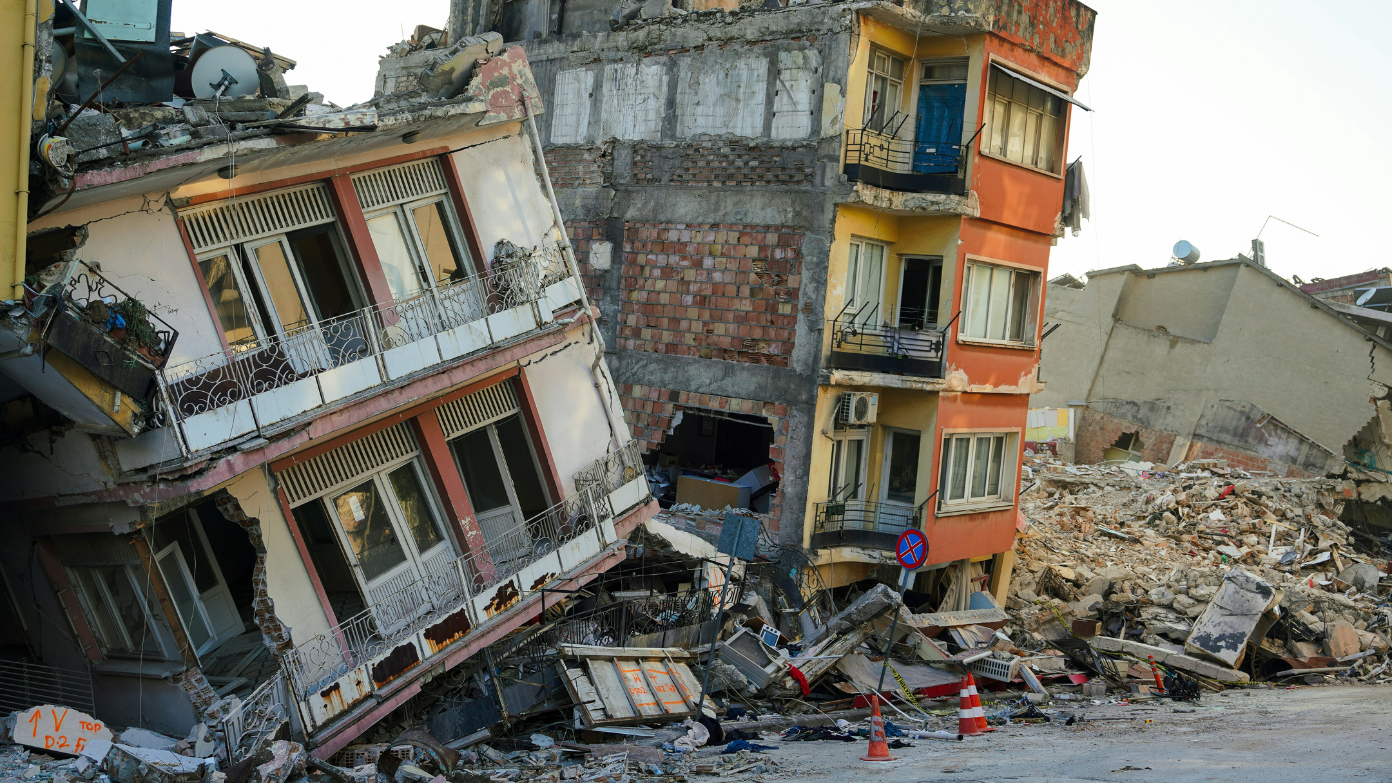The earthquake that struck San Diego on April 14, 2025, resulted in no casualties or serious structural damage reported immediately after the quake, according to officials. This is a far cry from previous earthquakes that have hit the region and is a testament to the role of preparedness in minimizing threats. We assess the statistics of recent and previous earthquakes’ casualties in the light of vulnerability and resilience of the region below.
The 2025 Julian earthquake: Limited immediate effect
A 5.2 magnitude earthquake with its epicenter north of Julian, California, shook San Diego and the surrounding regions at 10:08 a.m. Pacific time. The U.S. Geological Survey (USGS) verified the earthquake’s epicenter in the Cuyamaca Mountains, some 60 miles northeast of downtown San Diego. Although severe shaking was reported as far away as Los Angeles, the San Diego County Sheriff’s Office received no reports of injury or significant damage two hours after the quake occurred. City spokeswoman Perette Godwin emphasized that structural surveys revealed no serious issues, while residents labeled the earthquake the “most intense” they ever experienced.
The absence of fatalities arrives hand in hand with the quake’s moderate intensity and depth, which contained its destruction. However, the event reaffirmed the efficacy of early warning systems like ShakeAlert, which provided individuals 15 seconds of advance notice to take cover. The technology, along with rigorous building codes put in place after previous quakes, is likely to be credited with the successful outcome.
Historical context: The 2010 Baja California earthquake
To further assess San Diego’s seismic hazards, a study of past events is necessary. The 2010 Baja California earthquake, a 7.2 quake near Mexicali, claimed 2–4 lives and 100–233 injuries, primarily in Mexico. While the earthquake was extensively felt in San Diego, US fatalities were negligible due to the epicenter distance (approximately 150 miles southeast) and robustness of the region’s infrastructure. Damage in Southern California was $1.15 billion, but there were no deaths on the U.S. side of the border.
This comparison illustrates how city planning and geopolitical borders influence earthquake impacts. Mexican communities close to the epicenter saw collapsing structures and landslide damage, while San Diego sustained non-structural damage such as broken windows and disrupted utilities. The event renewed calls for cross-border collaboration in disaster relief.
Hypothetical disasters: The Rose Canyon fault study
Even though recent earthquakes have left San Diego with minimal loss of life, studies forecast much bleaker scenarios. A 2017 Earthquake Engineering Research Institute (EERI) study modeled a magnitude 6.9 earthquake on the Rose Canyon fault, which runs beneath downtown San Diego and coastal areas. The study forecasted 1,000–2,000 fatalities and $30–40 billion in damages from unstable unreinforced masonry buildings and potential tsunamis from underwater landslides.
These projections are not guesses. The Rose Canyon fault last saw a magnitude 6.0 earthquake in 1862, and geological evidence suggests a few-hundred-year recurrence period. EERI President Jorge Menese underscored that retrofitting of existing buildings and updating emergency procedures could significantly reduce hypothetical fatalities. These conclusions remain core to policymakers, although the short-term risk of a major quake is still low.
Preparedness and avoiding future threats
San Diego’s zero casualties in 2025 are a testament to decades of earthquake readiness. Following the 2010 earthquake in Baja California, California installed a more comprehensive early warning system and mandated retrofits for soft-story buildings and other essential infrastructure. The 2025 earthquake tested the success of these efforts: individuals heeded warning messages to “drop, cover, and hold on,” and new structures weathered shaking without collapse.
Problems persist, however. Approximately 15% of San Diego’s structures were constructed prior to 1980, when seismic regulations became more stringent. Retrofitting them remains costly and politically divisive. Education efforts, like those conducted by EERI volunteers, attempt to close this gap through emphasis on preparedness kits and evacuation strategies.
A balance of resilience and risk
The 2025 Julian earthquake reaffirmed San Diego’s capacity to weather moderate seismic activity with no fatalities. Yet, theoretical models and historical records show the potential for disaster of bigger earthquakes. With increasing population in the area, ongoing investment in infrastructure resilience and public education will determine whether future earthquakes have few fatalities or disastrous losses. San Diego is currently a success story and a warning—a location where preparedness has paid off, but complacency could be deadly.
Read more: They ask for a $50 refund and end up punching the waitress of the Mexican restaurant in the middle of Chicago: “I feel rage”
Read more: Goes to collect a $50,000 Lottery prize in North Carolina and ends up winning another $100,000: “Looks like it was my day, I guess”

